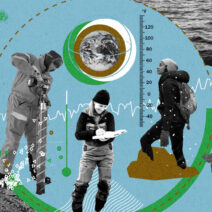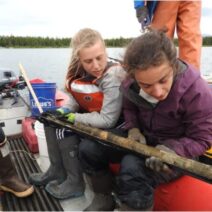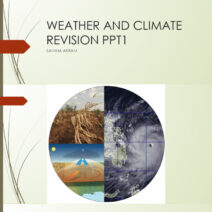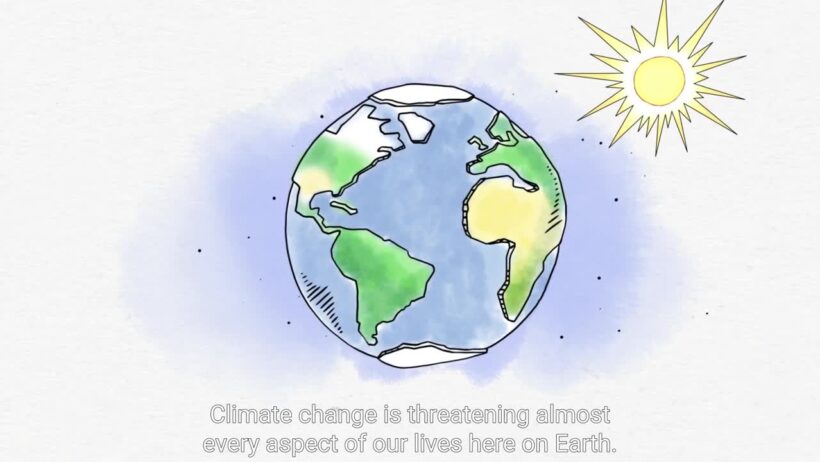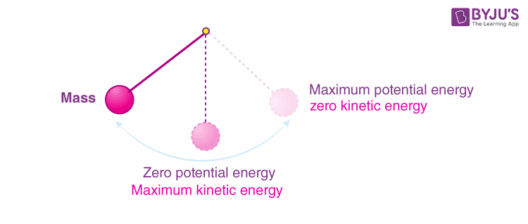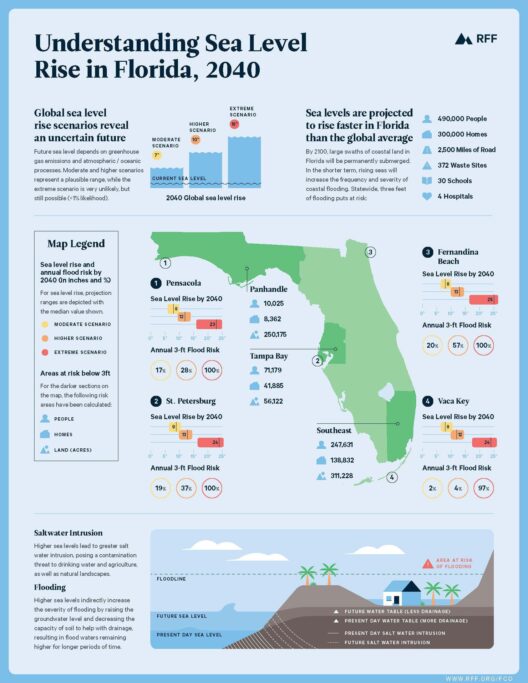How can you, as a conscientious individual, contribute to slowing down global warming? This question presents both an opportunity and a challenge. As temperatures rise, ice caps melt, and extreme weather events become the new normal, it’s crucial to understand the intersections between personal actions and global environmental shifts. The scientific consensus is clear: human activity, particularly the combustion of fossil fuels and deforestation, has significantly exacerbated greenhouse gas emissions, thus intensifying the greenhouse effect. But amid this daunting reality, what can you actively do to mitigate these effects in your daily life?
First and foremost, understanding global warming begins with a grasp of the science behind climate change. Greenhouse gases such as carbon dioxide (CO2), methane (CH4), and nitrous oxide (N2O) trap heat in the Earth’s atmosphere, leading to altered weather patterns, rising sea levels, and increased incidence of natural disasters. While large corporations and governments play a pivotal role in carbon emissions, individual actions, when aggregated, can lead to substantial change.
A major contributor to your carbon footprint is transportation. Have you ever paused to consider how your commute impacts the planet? Opting for public transport, carpooling, biking, or walking instead of driving can significantly decrease CO2 emissions. Furthermore, if you must drive, consider fuel-efficient or electric vehicles, which produce fewer emissions over time. This change not only benefits the environment but also promotes healthier lifestyles and can save money on fuel costs.
Next, let’s explore the realm of energy consumption. Your household is likely a major contributor to your carbon footprint. How often do you leave lights on in unoccupied rooms? What about that old refrigerator humming in the corner? Small adjustments can lead to dividends in the fight against climate change. Start by conducting an energy audit of your home. This involves identifying areas where energy is being wasted, such as inefficient appliances or poor insulation. By utilizing energy-efficient appliances, sealing drafts, and adopting smart thermostats that optimize energy use, you can reduce the demand for power generated primarily from fossil fuels.
Food choices also play a monumental role in the overall carbon footprint. Consider this: how many meals do you consume that contain meat? The livestock industry is a notorious emitter of greenhouse gases — particularly methane, which is far more potent than CO2. Integrate more plant-based meals into your diet. Not only does this reduce your carbon footprint, but it can also be a delightful culinary adventure. Exploring local farmers’ markets or engaging in community-supported agriculture can foster a connection to your food sources while diminishing the carbon output associated with transportation of goods.
Another tactic is to minimize waste. Waste decomposition in landfills generates methane, further propelling climate change. Challenge yourself: can you reduce your daily waste output? Engage in composting organic materials and recycling as much as possible. This not only reduces landfill contributions but also enriches soil, promoting sustainable agriculture. Transitioning to reusable items like water bottles, shopping bags, and even straws can further support this initiative. Every small effort accumulates—consider it your personal contribution to a larger environmental movement.
Importantly, the climate crisis isn’t solely about personal actions. Advocacy and community engagement are critical. Get involved with local environmental organizations and initiatives. This could range from participating in tree planting events to promoting climate awareness campaigns within your community. By galvanizing your peers, you amplify your impact, affecting broader societal shifts. Voting for policies that prioritize sustainability, and pressing for governmental accountability can initiate larger systemic changes.
Furthermore, consider the power of education. The climate crisis is rooted in a combination of ignorance and neglect. Cultivating awareness among peers, family, and your local community plays a vital role. Share knowledge about the underlying science of climate change and discuss practical solutions that individuals can employ. The more people advocate for the environment, the more momentum the movement gains.
Yet, amidst these actionable strategies, it’s vital to encourage a mindset shift on how we perceive our relationship to the planet. The Earth is not merely a resource to be exploited; rather, it is an interconnected system that sustains life. Cultivating respect for natural ecosystems and understanding our place within them can foster a more profound commitment to environmental stewardship.
To further your engagement, consider setting measurable goals for your ecological impact over the coming months. Perhaps aim to reduce your carbon emissions by 20% over the next year or commit to 30 days of plant-based eating. Share these objectives with friends or family, and create a collective challenge. This paradigm shifts the conversation from individual responsibility to community action—effectively championing the movement against global warming.
In conclusion, while combating global warming may seem an insurmountable task, it is the collective will and action of individuals that can spark substantial change. By assessing and altering personal habits, fostering community engagement, and advocating for broader systemic reforms, you enhance your role in this critical battle. Embrace the challenge of reducing your carbon footprint—your actions, however seemingly trivial, possess the power to engender transformative solutions. Let the pursuit of knowledge and sustainability guide you on this urgent journey toward a healthier planet for future generations.
